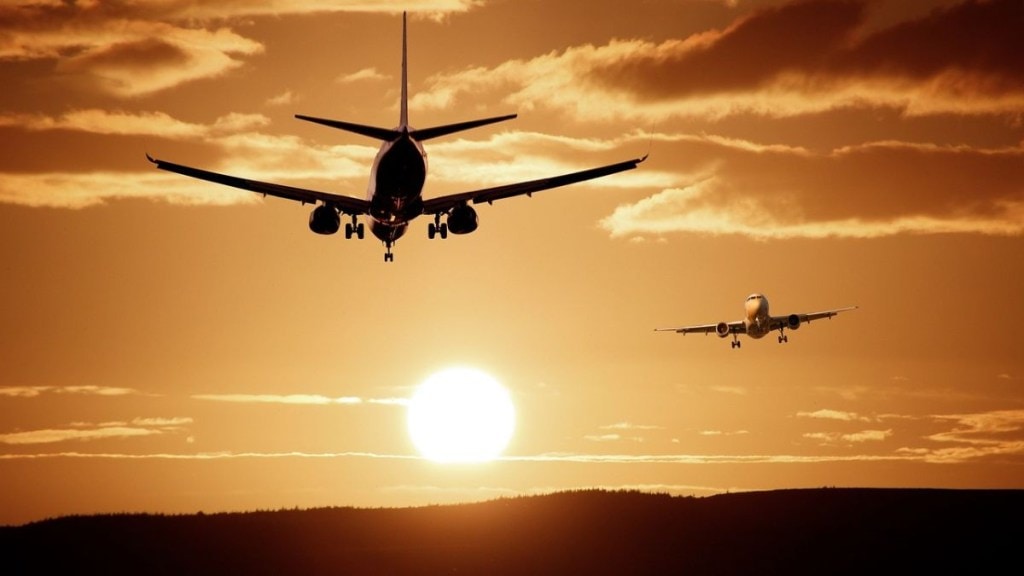The Economic Survey 2023-24 on Monday (July 22) said that India’s aviation sector stands at the threshold of unprecedented growth. The survey underscores the necessity to enhance the efficiency and sustainability of airlines while expanding airport capacity to support economic growth. The survey further emphasises on the importance of collaboration between the government, industry stakeholders, and international partners to strengthen Indian airlines and improve long-haul connectivity.
In the services sector, the survey noted that the aviation industry experienced the highest influx of credit, showing a year-on-year growth of 56 per cent. This growth was credited to increased activities in aircraft leasing, recruitment, and a favorable medium to long-term growth perspective.
India – Third largest domestic aviation market
Driven by rising demand, economic activity, tourism, and improved aviation infrastructure, India’s domestic aviation market ranks third globally. In FY24 alone, the country recorded a 15% year-on-year increase in air passengers, totaling 37.6 crore passengers.
The survey points out that the aviation industry has a robust order book of more than 1500 aircraft and anticipates a demand for over 2200 aircraft by 2042, underlining significant growth potential.
“The aviation industry in India is on the cusp of unprecedented growth, with a strong order book of more than 1500 aircraft placed by Indian airlines and a projected demand for over 2,200 aircraft by 2042,” it said.
Improving efficiency and viability of airlines
The survey added that for India to lead in aviation, there must be a concerted effort to enhance airline efficiency and viability, alongside ensuring environmental sustainability. Highlighting the sector’s substantial potential, the survey underscored the need for collaboration among the government, industry stakeholders, and international partners.
It stressed that investments in infrastructure, skill development, and sustainability initiatives will be pivotal in driving the future growth of India’s aviation industry. “The airline industry is a highly competitive segment, susceptible to external shocks, such as oil prices, exchange rates, epidemics, wars, and equipment issues. These shocks can affect the operations of an airline and impact its viability, hence the development of capabilities in segments, such as MRO, leasing and skilling are needed to further support the airlines,” it noted.
Growth of MRO sector
Furthermore, the survey identifies the growth of the MRO sector and the burgeoning drone industry as pivotal to the future of aviation services in India. It also recognises upcoming challenges, including compliance with international environmental standards such as the Carbon Offsetting and Reduction Scheme for International Aviation (CORSIA) from 2027.
Infrastructural upgradations in aviation sector
The survey underscores the government’s commitment with a capital expenditure plan exceeding Rs 26,000 crore for FY2020 to FY2025 to develop and modernise airports across India. It notes the substantial investments made by the Airport Authority of India (AAI) and other operators, totaling around Rs 72,000 crore, to enhance airport infrastructure.
“The number of airports in India has more than doubled since 2014. However, there is a need to augment this capacity by adding more airports as well as expansion/upgradation of existing airports in the next five years,” the survey said.
